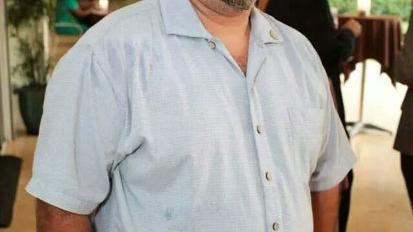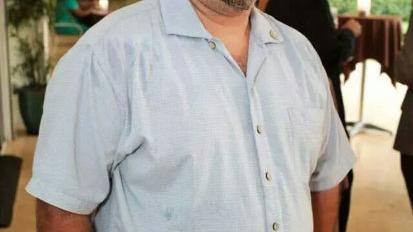
If we can be sure of anything, it’s that brick-and-mortar stores are not going anywhere anytime soon. According to a recent Forrester report, 86 percent of retail sales in the U.S. still happen in traditional physical stores. This is due in no small part to the fact that Millennials and Generation Z, who prefer in-person shopping at a greater than two-to-one rate, now possess the greatest buying power in our economy.
However, it’s indisputable that the younger generations have changed the retail landscape. Having grown up alongside the likes of Amazon and the review-before-you-buy mentality it engenders, they have come to expect more from their shopping experiences than generations past. Technology plays a central role in this mindset, and renewable energy is uniquely positioned to help your business take advantage of this new paradigm.
The most prominent trend in marketing this year has been a shift towards creating more personal connections between retailers and their customers. The businesses that are able to “humanize” their brands through digital engagement are growing leads and winning consumer loyalty as the success of more traditional methods decline. You only need to look at the Twitter pages of brands like Starbucks, Sony and Nintendo to see the positive impact of their efforts to develop human connections with their followers.
Human connections are made over mutual concerns, and climate change is the front-of-mind concern for all generations, especially the youngest. Accordingly, buyers are giving their attention and their dollars to businesses that are making visible efforts to reduce their carbon footprints and operate sustainably. The visible impact of a solar array on your building is striking and constitutes a 24/7 advertisement that your business is made up of people who care.
Perhaps equally important as the human connection is the power of data. The Information Generation is used to a constant flow of data available at their whim, and savvy retailers are attracting shoppers by catering to this trend. One futuristic example is grocery stores where you can scan a label on a piece of produce and see information on its nutritional content and, more tellingly, where it was grown and how sustainably its farm is run.
Solar power lends itself well to fans of data consumption. Modern solar rigs can be equipped with digital monitoring tools that generate a live, online feed of their performance. Anyone can go online and see how much energy is being produced currently or historically, and whether the array is actually selling clean power back to the power company. These feeds can also be displayed live in-store, or regularly shared to social media.
Of course, even in the digital age the success of any business, and especially brick-and-mortar businesses, is determined by the bottom line, and this is where solar power really shines. It lowers operating expenses by slashing utility bills. It can eliminate unexpected downtime due to power outages. And as we detailed in last month’s article, between tax credits, SREC earnings, and accelerated depreciation, businesses can recoup 90 percent of the cost of their solar installation — and that’s before factoring in energy savings.
While it may be reassuring to know that brick-and-mortar stores will remain viable for years to come, as always, some will rise to the top and others will fall. Embracing new technology and sustainability, and leveraging it to engage and delight your customers, will ensure a bright future for your business. If you are ready to make the switch to solar, we are here to help you #GetEnergized! You can visit our Educational Showroom at 1804 Supply Rd. in Carterville or give us a call at 618-988-0888 for a free quote. You can also feel free to email me at tech@aessolar.com for more info.

